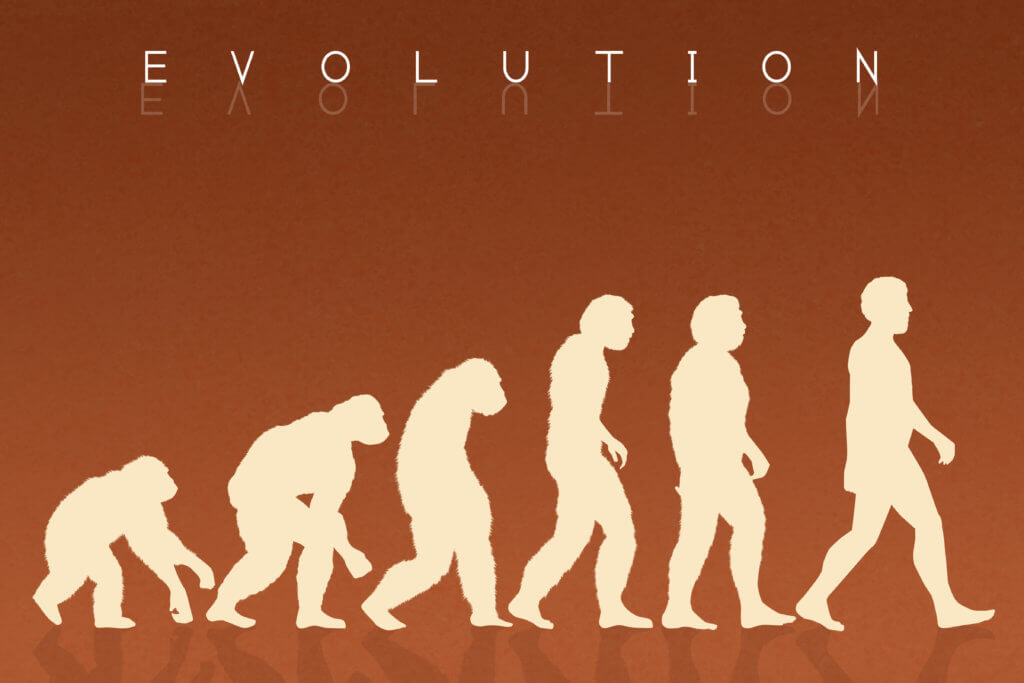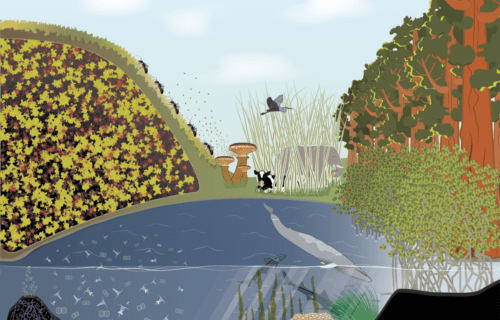VANCOUVER, British Columbia — Life is a mixed bag. You have creatures as small as tardigrades to ones as massive as the Antarctic blue whale — approximately the size of 33 elephants. Despite creatures coming in all shapes and sizes, researchers say there is an evolutionary method to the madness. A team from the University of British Columbia has found that planet Earth tends to favor organisms on either end of the size spectrum. Simply put, if you live on Earth, you’re either extremely small or extremely large.
“The smallest and largest organisms significantly outweigh all other organisms,” says Eden Tekwa, a research associate of biology at McGill University, who conducted the research as a postdoctoral fellow at the University of British Columbia’s Department of Zoology, in a media release. “This seems like a new and emerging pattern that needs to be explained, and we don’t have theories for how to explain it right now. Current theories predict that biomass would be spread evenly across all body sizes.”
Not only do these results give a better understanding of how life formed on Earth, but it also gives a snapshot of what to expect from Earth’s evolving environment. Climate change, for example, has made some living conditions uninhabitable for creatures and it may lead to the extinction of several species in the future.
“Body size governs a lot of global processes as well as local processes, including the rate at which carbon gets sequestered, and how the function and stability of ecosystems might be affected by the composition of living things,” explains Dr. Tekwa. “We need to think about how body size biomass distribution will change under environmental pressures.”

The study was a five-year effort where Dr. Tekwa and colleagues gathered data on the size and biomass of every type of living organism on the planet. They studied tiny one-celled organisms like soil archaea and bacteria to whales and sequoia trees. The pattern favoring really large and really small organisms appeared across all types of species, especially among land-based organisms instead of marine creatures. Another observation was that the maximum body size for each creature met the same upper limits across other species and environments.
“The largest body sizes appear across multiple species groups, and their maximum body sizes are all within a relatively narrow range,” Dr. Tekwa adds. “Trees, grasses, underground fungi, mangroves, corals, fish, and marine mammals all have similar maximum body sizes. This might suggest that there is a universal upper size limit due to ecological, evolutionary, or biophysical limitations.”
Next, the researchers tackled another essential question: how is life distributed across different ecosystems? Through coral, scientists figured out the answer. Coral makes up a small fraction of the ocean. Yet since corals support fish diversity, it stands to reason that their biomass is similar to all the other fish in the ocean. Humans make up a small biomass, but it’s our size that settles our place in the global biome.
“We belong to the size range that comprises the highest biomass, which is a relatively large body size,” says Dr. Tekwa.
The study findings will help us understand Earth’s evolving environment and how human activities affect it. For example, fish biomass is about half of what it was before the dawn of humans.
“There’s a lot of relevance to humans and societies as we tackle sustainability challenges, and global ecological assessments should be an essential part of sustainability initiatives,” the researcher concludes.
The study is published in PLoS ONE.

